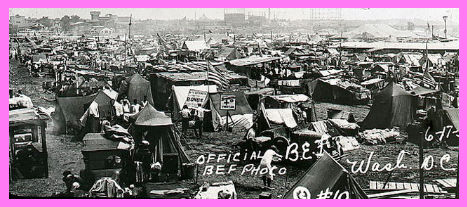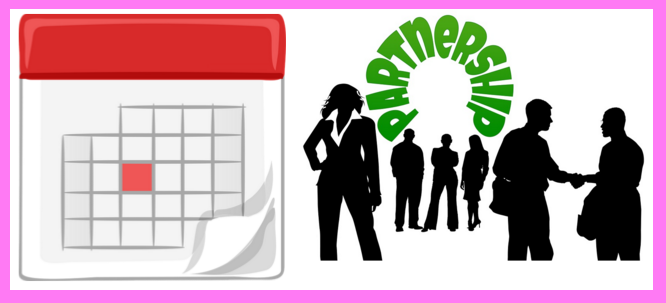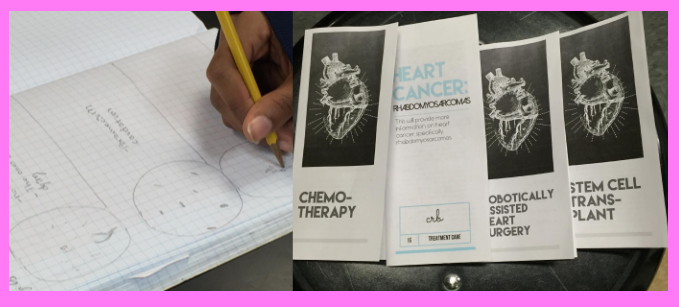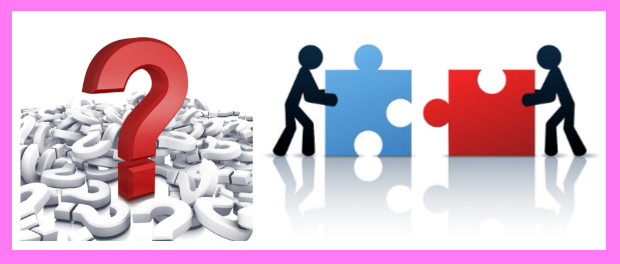
Official BEF Photo. Digital image. Radio Diaries. Radio Diaries, n.d. Web. 14 May 2016.


Revising History:
- Examples:
- Pluto lost its planet status in 2004
- Deepening understanding of role of women in American Revolution due to work of Carol Berkin, Mary Beth Norton, Kathryn Sklar, Linda Kerber, Nancy Cott, Carol Dubois
- Why this occurs:
- New evidence uncovered
- Old evidence investigated by new questions
- Math / Science connections
- Understanding of concepts and techniques change as
- new evidence is uncovered
- new techniques are tools are invented
- Understanding of concepts and techniques change as
Multiple Perspectives:
- Multiple perspectives versus Historical interpretations
- former deals with evidence created by people in close proximity to the focus events
- latter deals with sources created by people who are not participants in the focus events – wrote about the event later in time
- Tips about teaching multiple perspectives to teenagers
- do not use too many perspectives at once
- use a variety of one-dimensional sources that as a collection represent multiple perspectives
- subtext and context of sources is important to understanding perspectives of pieces
Why the Bonus Army?
- Stories of participants humanize the Great Depression
- July 1932 – 20,000 Americans stages a peaceful protest in Washington, D. C.
- Context: Adjusted Compensation Act of 1924:
- 1.00 / day for domestic service; 1.25 / day for overseas service
- Compensation made available through:
- Bonus certificates redeemable in 1945 for pay over $50
- Less than $50 – immediate cash
- Bonus Army and related events:
- led by WW1 veteran Walter Waters
- army of unemployed veterans conducted an 18-day march from Portland, Oregon to Washington, D. C.
- due to news coverage, gained followers from Texas, Louisiana, New York, Pennsylvania, Ohio, etc
- protesting late payments of bonuses
- lobby in favor of bill sponsored by Congressman Wright Patman of Texas for immediate pay of bonus in 1924
- considered fiscally responsible because it exceeded federal budget
- a D. C. police chi and WW1 veteran Pelham Glassford aided protestors by organizing sites and buildings for them to lay camp and working to provide them with food and water
- partly provided aid to make protesters more malleable to local laws
- Walter Waters responded to police aid with military style discipline
- forbade freeloading, drinking and radical talk
- military police patrolled the campgrounds
- opposed Communist and radical elements within their camps
- at one point D. C. police had to prevent them from beating Communists caught within their camps
- June 7 – 8,000 marched down Pennsylvania Avenue
- Government concerns
- afraid protests were a threat to reelection of Herbert Hoover
- afraid lobbying exceed scope of passing the Patman bill
- afraid of possible connection between B.E.F. and the Community Party who was constantly trying to take credit for the march despite Waters’ protests
- June 17 – Patman bill rejected by U. S. Senate vote
- Many protesters left – trains home paid for by $100,000 train assistance provided by Hoover administration
- 10,000-15,000 protesters remained in D. C.
- frustration increased due to time, poor food, summer heat, waterborne diseases
- July 28 – police tried to move protestors from Federal Triangle buildings to Anacostia Flats – protestors responded by throwing bricks at the police
- Hoover ordered the U. S. Army to move the protestors under command of MacArthur, Eisenhower, and Patton
- army moved protestors to Anacostia Flats using tear gas, bayonets and physical force
- MacArthur disobeyed President’s orders to not enter Bonus Army’s camps – entered the camp and routed the veterans.
- Diverse reactions to veteran treatment
- some perceived it as evidence of President Hoover’s callousness
- some perceived it as necessary action to protect country from a Communist plot
- Hoover made a public announcement that the “Communist threat” was defeated
- investigations failed to reveal a connection between the Communist party and the Bonus Army
- Varying historians’ interpretations of the events:
- evidence of President Hoover’s lack of caring for veterans and the unemployed (Walter Water’s and Police Chief Glassford’s perspective)
- President Hoover acted to protect country from Communist Party (Cold War perspective)
- evidence from release of Hoover’s personal papers in 1966, squared blame on MacArthur (Hoover perspective)
- Students who investigate the Bonus Army investigate multiple perspectives to develop and defend an answer to the question: Why was the Bonus Army forced out of D. C. and who should bear responsibility for this decision?
From Idea to Historical Investigation:
- Refining driving question
- Focusing on the why instead of the what of the events helps students to dig deeper into the evidence
- Limiting number of sources
- Limited number of sources to 8 to avoid overwhelming students
Teaching the Lesson:
- Students listen to song: “Brother, Can You Spare a Dime?”
- provide info on the Depression and plight of WW1 veterans
- relates to homework reading on these topics
- Students read about Bonus Army for homework
- Debrief homework using series of images of Bonus War events.
- Introduce driving question: Why were the marchers forcibly removed and who should take responsibility for the decision?
- Students provided 1 of 8 sources.
- Provide students with Who’s Who list of people involved in the Bonus Army events
- Students grouped into teams that have experts on each of the 8 sources.
- students share their findings from their sources – present content, context and subtext in their sources (teacher monitoring supports this critical sharing of
- after sharing, students complete the following sentence stems:
- We believe that the Bonus Army was forcibly removed from Washington D. C. because …
- We believe that ________ was / were responsible for the decision to remove the Bonus Marchers because …
- students debate within their teams while trying to come to an agreement on how to complete the above sentence stems. Remind student to preface their arguments with According to Source #, ____________
- After students have interpretations, one final piece of evidence is released, a memoir from Hoover written 30 years later that contradicts many of their interpretations
- Students’ reactions
- Students seemed to be more suspicious of sources written long after the events EXCEPT for Hoover’s memoirs. They seem to give him credit for revealing the truth at a time when the truth is less likely to damage his or other’s reputations.
- Students learn how to
- use multiple perspectives to realize a more nuanced view of history
- question historical sources
- formulate, define and defend historical arguments
- how science is created
Science connections:
- A multiple perspectives treatment of science can be used to consider multi-faceted evidence around once or still controversial issues in science such as:
- the theory of evolution
- global warming
- development of string theories and related theories
- the development of electromagnetic theory
- development of theory of gravity
- While considering different pieces of evidence focused on one of these topics, students can consider:
- what model is constructed to describe the phenomena
- what are the strengths of the model
- what type of phenomena are described well by the phenomena. Why?
- what are the limitations of the model
- what type of phenomena are not well described by the model. Why?
- who supports the model? why?
- who does not support the model? why?
- Caveat –
- At some point teachers need to emphasize accepted theories to avoid sowing wrong information and misconceptions into students’ minds
- Teacher may need to explicitly teach how scientists and scientific communities confer validity to some types of information and not others

Having students investigate and interpret sources that represent multiple perspectives helps students develop a more nuanced understanding of how knowledge is created. Students who engage in using evidence to create, defend, and refine interpretations are more likely to remember the information they investigated. This is because they are building knowledge frameworks to connect and challenge the information.

Note: This is written for Science teachers. For tips for history teachers, read the book or the summary of the book chapter in the WHAT? section of this article above.
Preparation Steps
- Identify what concepts are the enduring understandings of your particular course
- Research to determine if any of the enduring understandings either have a controversial origin or are applied in a current controversial issue
- Research to find several sources that:
- focus on one controversial issue
- offer a collection of perspectives towards the controversial issue
- use multiple methodologies to investigate the issue – different experimental studies, different theoretical models, etc.
- are accessible to students with some vocabulary scaffolding support
- Develop a driving question that can be investigated by all the sources – It could be something like:
- Why is the model of ________________ evolving? Who posed the most valid description(s) of ________________ and what makes their description(s) most valid?
- Develop thinking sheets for each of the sources that ask students to consider:
- what model is constructed to describe the phenomena?
- what are the strengths of the model?
- what type of phenomena are described well by the phenomena. Why?
- what are the limitations of the model
- what type of phenomena are not well described by the model. Why?
- who supports the model? why?
- who does not support the model? why?
- Decide which sources will serve as the launch source and the final piece of evidence source:
- the launch source should hook students into the debate and transition well to the driving question
- the final released piece of evidence source should
- contradict some of the previously released emphasis
- might help to have it connect with the most accepted view of the phenomena since people tend to remember best the sources they are shown last
- Design a project calendar with following phase:
- launch – initial investigation and initial impression gathering phase
- investigate individual sources individually
- in groups share evidence to form consensus interpretations of evidence considered as a whole that address the driving question
- release final piece of evidence
- students refine their conclusions
- debrief discussion that shares current accepted views of the phenomena and how the science community came to agreement on that model
Early Implementation Steps
- Implement project calendar described above
- Monitor students during individual investigation phase to make sure they are questioning and accurately describing he strengths and limitations of the models in their sources
- Monitor students while they debate and formulate interpretations in their teams – make sure they are using evidence from their sources in their arguments
- During debrief discussions, probe for questions, understandings and misconceptions
Advanced Implementation Steps
- Get students to investigate a debate that is still ongoing and to predict how the debate will end in the future and the types of evidence that will be required to end the debate

- PBL articles
- History articles
- Science articles
- Setting and testing hypotheses
- Six facets of understanding



















